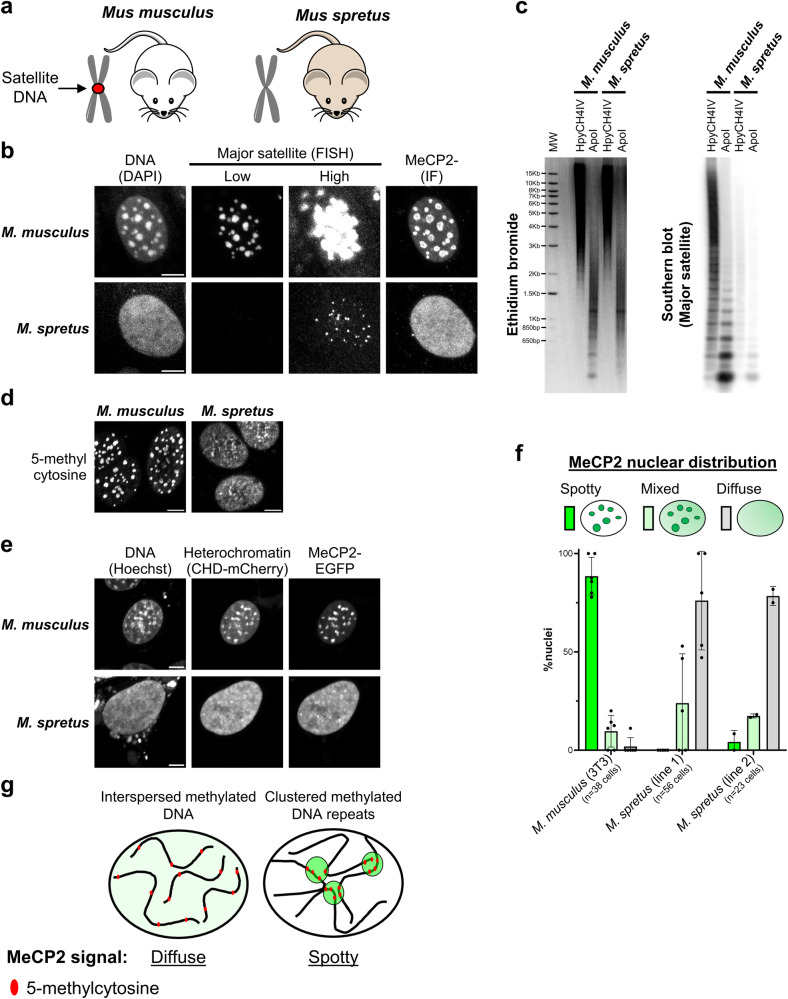Fig. 4. MeCP2 foci depend on the presence of abundant satellite DNA repeats.
a Diagram showing two closely related mouse strains used in this study. The Mus musculus genome contains abundant major satellite DNA repeats which cluster at pericentromeric regions, while Mus spretus lacks these repetitive elements. b Fluorescence in situ hybridisation of major satellite DNA (shown at two levels of brightness) combined with immunofluorescence of MeCP2 in Mus musculus (3T3) and Mus spretus cell lines (representative images from two independent experiments). DAPI staining was used to visualise DNA. Scale bars: 5 µm. FISH Fluorescence in situ hybridisation, IF Immunofluorescence. c Ethidium bromide staining (left) and Southern blot (right) using a probe for major satellite DNA with Mus musculus and Mus spretus genomic DNA digested with a methylation-sensitive (HpyCH4IV) or -insensitive (ApoI) restriction enzyme (representative images from two independent experiments). MW molecular weight marker. d Immunofluorescence of antibody stained 5-methylcytosine in Mus musculus (3T3) and Mus spretus cell lines (representative images from two independent experiments). Scale bars: 5 µm. e Live-cell imaging of Mus musculus (3T3) and Mus spretus cell lines transfected with wild-type EGFP-MeCP2. Hoechst staining and a CHD-mCherry reporter were used to visualise DNA and heterochromatin, respectively. Scale bars: 5 µm. f Graph showing the quantification of MeCP2 nuclear distribution (spotty, mixed, diffuse) in Mus musculus (3T3) and Mus spretus cell lines, as described in (e). The number of analysed cells from at least two independent experiments are: M. musculus (3T3) n = 38 cells, M. spretus (line 1) n = 56 cells, M. spretus (line 2) n = 23 cells. Data are presented as mean values ± SD. g Model for differential MeCP2 nuclear distribution in mammalian species. In most species, including humans, methylated DNA elements are interspersed along the genome leading to a diffuse MeCP2 nuclear pattern. In some cases, like Mus musculus, methylated DNA repeats cluster into 'chromocenters' leading to spotty MeCP2 signal.

